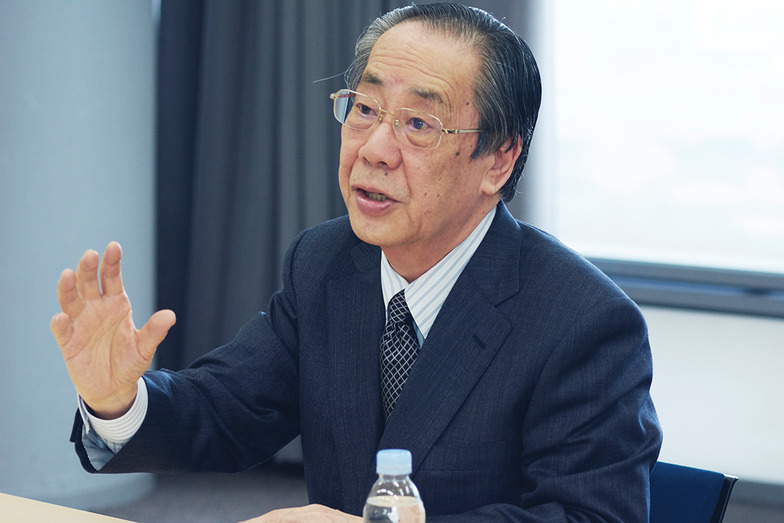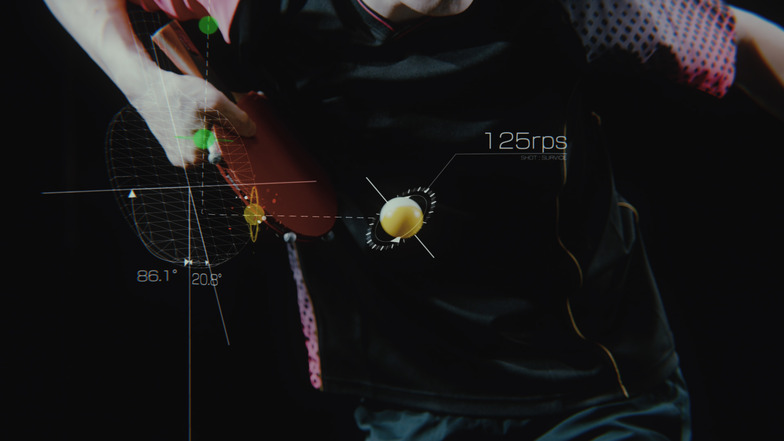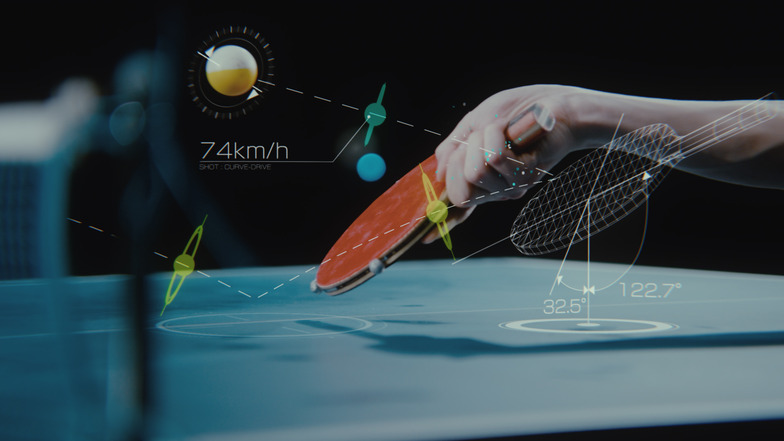With the Tokyo 2020 Olympic and Paralympic Games approaching, a new evolution in sports "imagery" has begun. What will the real-time integration of data and imagery, enabled by sensors and image analysis, bring to athletes and fans? Shigeru Sugiyama, who has been involved in numerous historic sports broadcasts, Ai Fukuhara, a member of the Japanese national table tennis team, and Ichiro Kitao of Panasonic discussed the future of sports and imagery.
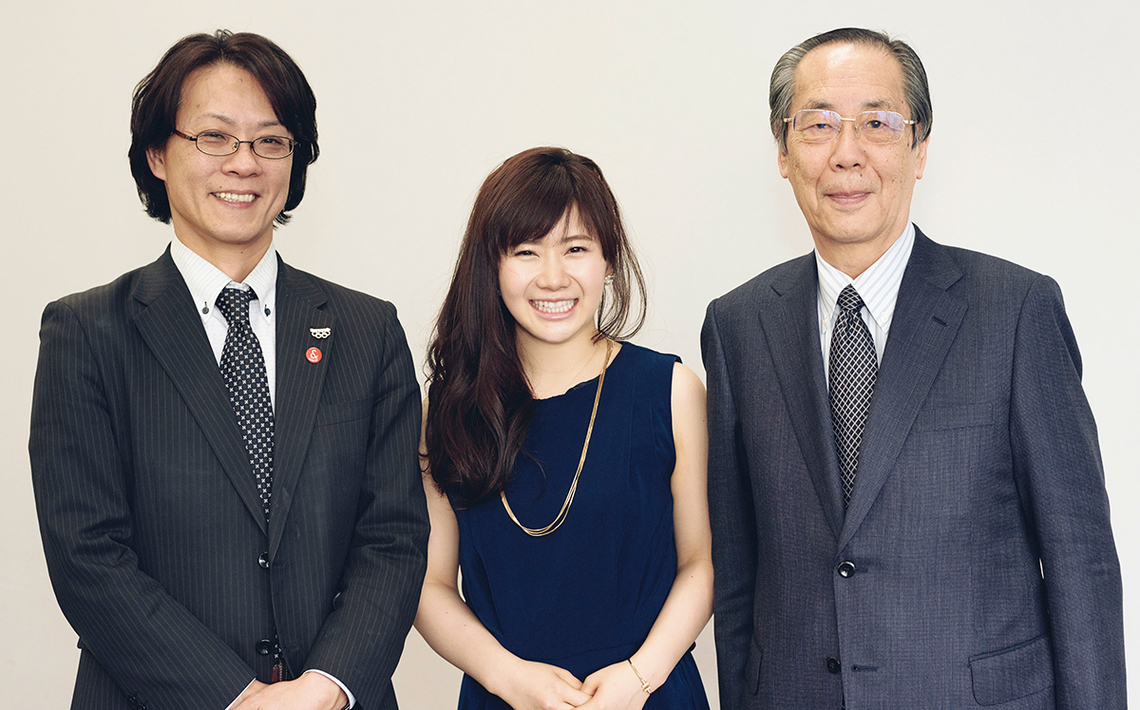
From left: Ichiro Kitao, Ai Fukuhara, Shigeru Sugiyama
The World of Sports Enters the Era of "Hyper-Visual Information"
Sugiyama: Sports fundamentally revolve around the athletes. It's crucial that people feel, "I want to go to the venue to see that player." I believe advances in video technology play a role in sparking that desire. For example, when television went color, attention shifted not just to the competition but also to the athletes' fashion. That's when the motivation to "go see that player" began to take root.
Fukuhara: I'm really just an amateur when it comes to video... but I do feel the development of video technology contributes to sports popularity. Nowadays, with so many highlight reels available, more people are challenging themselves, thinking "I want to try that move that athlete did."
Kitao: We also see video as a key tool for energizing sports and making people want to "go to the venue." Pursuing high-definition video is part of that, and developing large-screen displays is also about enhancing the enjoyment at the venue.
Fukuhara: I believe the evolution of video technology is crucial not just for spectators, but also for helping athletes become stronger. In the past, players would study opponents by watching each videotape individually. Now, since footage can be saved on SD cards, it's easy to review during training camps or other locations. Furthermore, in table tennis, every country has a video specialist who always films rival players' matches. This footage forms the basis for detailed analysis of each athlete.
Sugiyama: The information conveyed through video has become a major factor determining victory or defeat. You could say the world of sports is advancing toward what might be called "hyper-visualization."
Visualizing previously unseen information through technology
Kitao: At Panasonic, we've accumulated video technology through our long-standing role as a Top Partner of the International Olympic Committee (IOC). We're leveraging this to advance the development of our "Premium Sports Content" business (see lower column).
Fukuhara: I saw the concept video for table tennis(image in lower column), which displayed the ball's speed during a smash. This kind of information is something athletes are curious about, and it seems like it could help them devise various strategies.
Kitao: For the Tokyo 2020 Olympic and Paralympic Games, we want athletes to harness the power of video technology. One way we're doing this is by aiming to visualize previously unseen information through technology.
Fukuhara: In table tennis, analyzing opponents requires detailed examination from multiple angles. So, advances in video analysis should benefit athletes.

Ai Fukuhara
Sugiyama: As video technology advances, each athlete's movements and abilities become clearer. Consequently, athletes are pushed to pursue even higher levels of performance than before. This drives the elevation of competition standards—a testament to the incredible intensity of modern sports.
Expectations for Tapping into the Health and Sports Market
Kitao: As image analysis advances, the decisive points in winning or losing, and the secrets to strength, may also become clearer. In the future, we'd like to be able to see internal information like the athlete's level of tension.
Fukuhara: If athletes' physical states could be displayed, fans might enjoy the experience even more. For us athletes, we must first deliver results to capture everyone's interest, but beyond that, leveraging such technology would be wonderful.
Sugiyama: The true essence of sports lies in the process leading to the result. If those conveying the footage and information can skillfully handle that aspect, we could offer fans a new way of experiencing sports at Tokyo 2020. It would become television's legacy for sports fans.
Kitao: By visualizing the physical capabilities of top athletes, healthy sports habits might spread throughout the entire population.
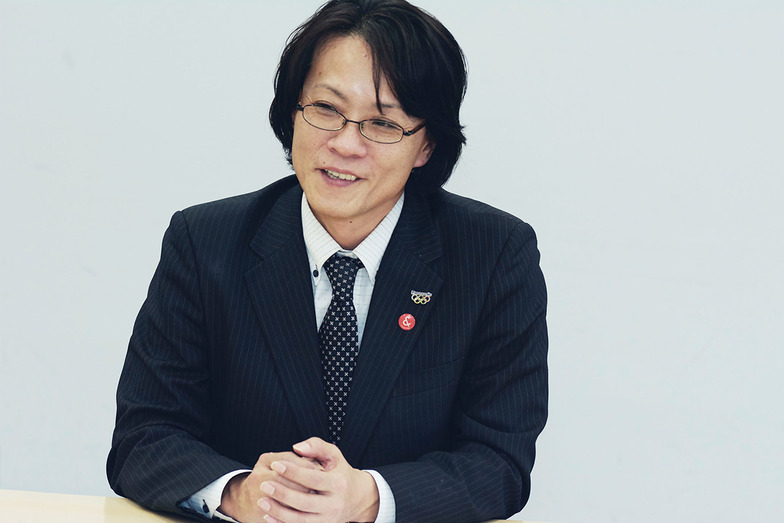
Mr. Ichiro Kitao







